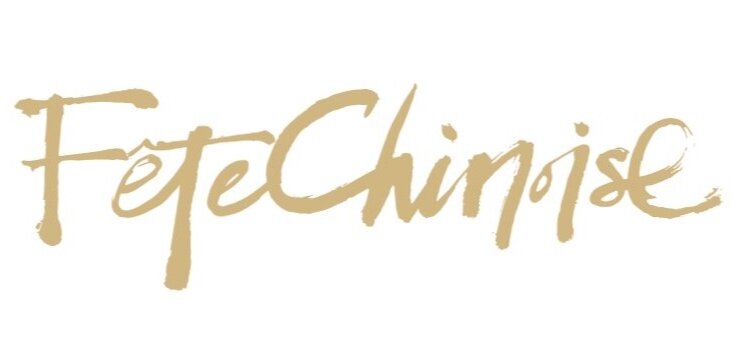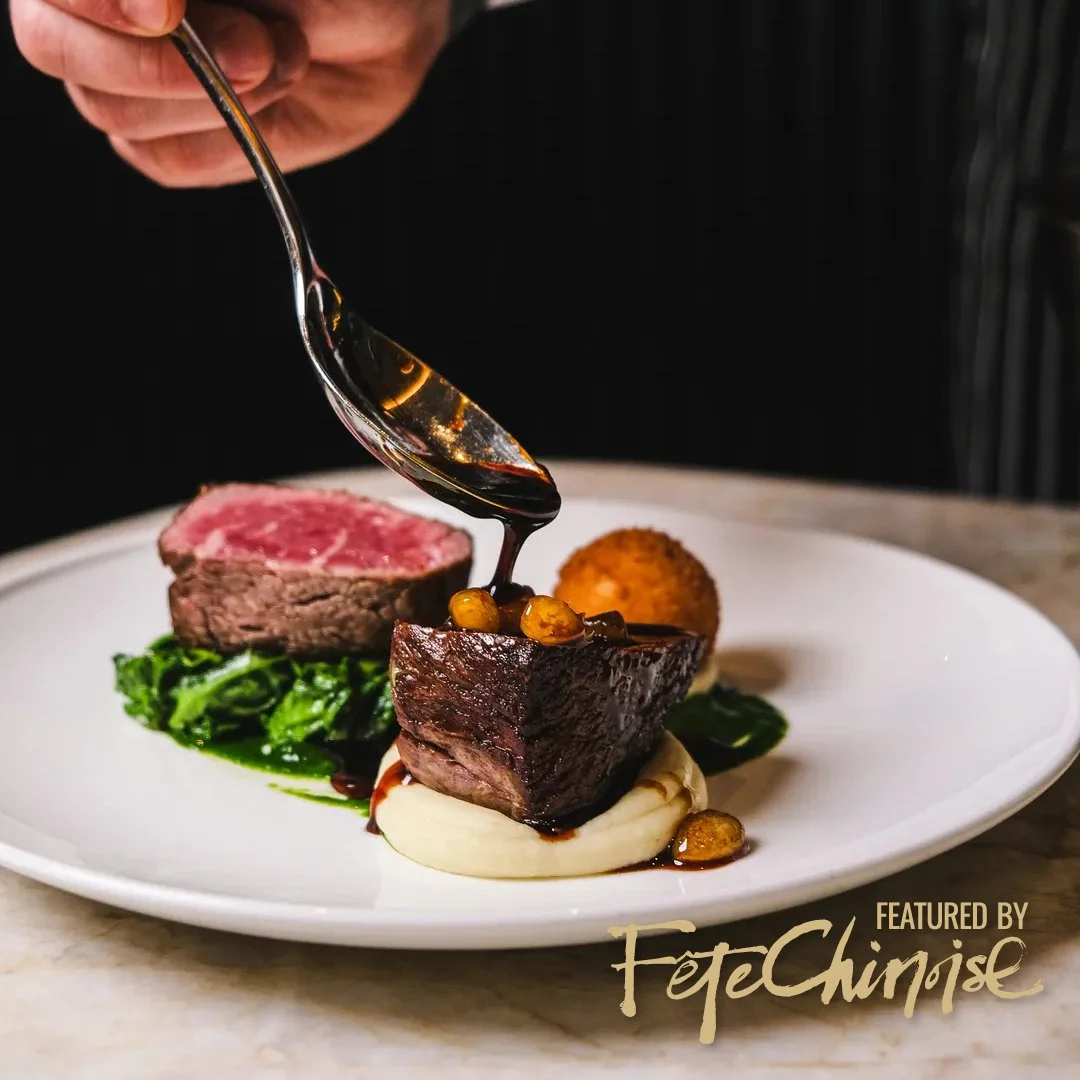Transforming Vancouver's Chinatown 溫哥華唐人街的故事
English 英: Matt O'Grady · Chinese 中:李嘉皓
IMAGEs: Courtesy of Vancouver Chinatown Foundation
Vancouver Chinatown Millennium Gate on Pender Street. Photographed by Lilian Tan 溫哥華片打街的千禧門牌坊
Walking the streets of Vancouver’s historic Chinatown on a sunny Sunday afternoon, spring tantalizingly around the corner, you see glimpses of the neighbourhood’s vibrant past — and promising future. Along the high street, Pender, there are bustling restaurants in century-old buildings bearing the names of family associations (the Wongs, the Chins) that were central to the lives of early Chinese settlers. Popular bakeries — with lines out the door for a taste of Chinese delicacies — compete for attention with boutique tea shops and curios shops.
And at the western limits of the neighbourhood lie the impressive gates to Chinatown — built in 2002 but echoing the style of Classical Chinese gates from the 19th and 20th centuries. Designed by acclaimed architect Joe Wai, the Vancouver Chinatown Millennium Gate includes decorative elements such as traditional Chinese costumes and classical and ancient musical instruments. Into one of the four concrete pillars holding up the three-storey gate is a plaque recognizing the contributions of “Lily and Robert H. Lee.”
溫哥華的唐人街是加拿大其中一個歷史最悠久和最大規模的華埠。在這裏,不難發掘這個社區輝煌的過去,以及無限可能的未來。唐人街的主要街道 — 片打街,兩旁的百年建築內,豎立不少老華僑熟悉的食肆和宗親會。西邊盡頭名有一幢為「千禧門」的地標。牌坊於2002年建立,由溫哥華著名已故華人建築師韋業祖設計,採用19至20世紀「三間四柱三樓式」典型中式牌坊設計風格,除了綴有不同傳統花紋及器樂圖案,其中一柱上刻有慈善家「李亮漢伉儷」(Lily and Robert H. Lee) 的名字。
Over the past two decades, millions have passed through Millennium Gate. But few families have done more to welcome people to Chinatown than the Lee family. Robert Lee’s father, Ron Bick Lee, established an importing and exporting company of Chinese goods, called Foo Hung Co. Ltd, in 1921 on Pender Street. Today, his granddaughter, Carol, carries on the family tradition — occupying the very same building with her cosmetics firm, Linacare, and a social enterprise clothing store, Chinatown Vintage.
A traditional Hong Kong aesthetic recreated in Vancouver Chinatown. Photographed by Lilian Tan 香港傳統美學於溫哥華唐人街餐廳重現。
Across the road, Lee owns one of Chinatown’s most acclaimed restaurants, Chinatown BBQ — and a few steps away, she’s launched the Chinatown Storytelling Centre dedicated to sharing the stories of those who have lived, worked and played in the area since the 1880s. The Centre’s elegant gift shop — offering a curated collection of home goods, stationery, art and jewelry from Chinese Canadian designers and artists — is named Foo Hung Curios, after her grandfather’s store.
All of this revitalization happens under the auspices of the Vancouver Chinatown Foundation, which Lee started in 2011 with her business partner, Henry Fung, late father, Robert, and other prominent citizens — such as Brandt Louie, Robert H.N. Ho and Ben Yeung — concerned about the fate of the neighbourhood. The Foundation’s mission is to “build a more resilient and inclusive community by promoting the wellbeing of those in need while preserving Chinatown’s irreplaceable cultural heritage.” It invests in projects, like the May Wah Hotel (an SRO), the Chinatown Storytelling Centre, and 58 West Hastings (a social housing project), which strike a balance between honouring the past and building a sustainable future.
Interior and exterior of the Foo Hung Store. Image provided by Vancouver Chinatown Foundation
無數遊人走過牌坊下的街道,但少數像李氏般支持唐人街的發展。李亮漢的父親,李日如先生在1921年於片打街設立了名為「輔行Foo Hung Co. Ltd」的中國商品進出口公司。至今,他的孫女李佩珍女士 (Carol Lee) 在區內,除了建立了個人護膚品品牌Linacare、經營區內著名餐廳「華埠燒腊Chinatown BBQ」 ,同時大力推動各項唐人街活化項目,例如以社企模式經營服裝品牌Chinatown Vintage、創立「華埠掌故 Chintown Storytelling Centre」 ,致力紀錄和分享自1880年代初落户於溫哥華的華人生活點滴。附屬精品商店源用祖業店舖「輔行」的名字,精選加拿大華人設計師及藝術家設計的生活用品、文具、藝術和首飾等精品。
Vancouver’s Chinatown is one of the oldest and largest in Canada — and Lee, through the Foundation, has made it her life’s mission to return the area to its past vibrancy. ”When I was growing up it was a really exciting place — it was a neighbourhood place,” says Lee, recalling youthful days at a local Chinese Presbyterian church, or playing in the streets or in her grandfather’s shop.
Part of Chinatown’s enduring appeal is that it’s never been an exclusive neighbourhood, says Lee. It was purposefully designed to be inclusive — a refuge for those who had come to build Canada’s railroads but then were largely excluded from Canadian society (until the Chinese Exclusion Act was repealed in 1947). Chinatown was where immigrants started restaurants, dry goods stores or laundromats to serve the needs of their community. And it was decidedly working class in nature.
「華埠掌故」受惠於於2011年創立的「溫哥華華埠基金會Vancouver Chinatown Foundation」。基金會由Carol與其商業拍檔馮耀明博士、先父李良漢先生、以及雷震瀛博士、何鴻毅先生、楊世彬醫生等知名人士共同成立,使命是「為有需要人士建立一個具韌力及共融的社區,並致力保育唐人街不可取代的文化承傳」,支持「美華旅店」、「華埠掌故」、以及「喜士定西街58號」等不同項目,以平衡歷史保育及社區發展為目標。
“If you look at the photos of all the restaurants that were here, they all had these wooden booths and stools — this sort of Hong Kong aesthetic.” Most of the early immigrants came from southern China, and Lee has tried to recreate that look and feel with her Chinatown BBQ café, hiring acclaimed restaurant designer Craig Stanghetta.
“I wanted it to feel very authentic,” says Lee. “I did a lot of research, looked at many old photographs — how the tables had that big, thick wood border that was highly shellacked. How nothing really matched. There was this charm of having different kinds of patterns and designs.” The use of bold primary colours — red, gold, emerald green — root Chinatown BBQ in that legacy as well.
Carol期望回復唐人街昔日的光輝,憶述說起:「我還是孩子時,唐人街是一個很棒的社區」,她回想起過往於華人基督教長老教會,或祖父店舖門前街道玩樂的青蔥歲月。
Carol表示,唐人街從來都不是一個特設的社區,其特別之處在於它從來都是工融的。早期的唐人街為不同背景的華僑,例如為鐵路華工(加拿大於1947年才廢除排華法)、被主流社會排斥的異鄉人提供庇護,建立餐館、乾貨店、或洗衣店服務有需要人士,唐人街很自然地被視為工作勞工階層聚集的地方。
A replica 1970s phone booth that allows visitors to hear stories from Chinatown’s past. 展品仿照1970年代電話亭設計,讓訪客了解唐人街的故事。
A similar aesthetic animates the Chinatown Storytelling Centre. Lee says she wanted to ensure the Centre maintained the same approachable look and feel as her restaurant and, indeed, the neighbourhood. Visitors are guided chronologically through the decades — from 19th-century immigrant arrivals to present-day revitalization efforts. The Centre relies heavily on photos and interactive videos, with brightly coloured recreations — like a photo studio of Yucho Chow’s, a prominent area photographer, or a replica 1970s phone booth that allows visitors to hear stories from Chinatown’s past.
As for Chinatown’s future, public officials are finally answering the call for help. This February, the federal government made a $1.8 million grant to the Vancouver Chinatown Foundation to support infrastructure improvements, including new signage and lighting for cultural landmarks such as the Millennium Gate, the Chinatown Storytelling Centre, the Chinese Cultural Centre and the Sun Yat-Sen Classical Gardens. The grant will also support the expansion of the Light Up Chinatown! festival, held annually each September and drawing over 8,000 visitors to the neighbourhood. “Things are moving in the right direction, but it’s taken a long time,” says Lee. “I have a letter from a report, written to my father in 1967, and the title of it was: ‘Is Chinatown worth saving?’ Well, the answer is still an enthusiastic ‘Yes!’ ”
A traditional Hong Kong aesthetic recreated in Vancouver Chinatown. Photographed by Lilian Tan 香港傳統美學於溫哥華唐人街餐廳重現。
Carol 解釋自家開設的「華埠燒腊」找來著名室內設計師 Craig Stanghetta,刻意營造復古風格。「我希望餐廳能重現昔日的情懷。」Carol表示:「我做了不少資料搜集,在很多唐人街老餐店的舊相片內看見很多木檯木凳,看上去很像香港。很多舊式餐廳內的傢俬都不配襯的,餐桌邊的裝飾多採用厚漆木素材,包涵了不同顏色和設計的特色。」 紅、金、翠綠色亦成為「華埠燒腊」的設計藍本。
Sponsored by Ferris Wheel Press
These boxes held traditional wedding cakes. 傳統婚宴餅盒
Carol希望「華埠掌故」就如餐廳一般可親,甚或整個唐人街社區也是。參觀「華埠掌故」的訪客可以回顧唐人街從開埠至今的活化演進過程。館內展出相片、互動影片、色彩繽紛的模擬展品、「周耀初的影樓」,另有一個仿照1970年代電話亭設計的展品,讓訪客入內聆聽唐人街的故事。
Dragon dance. 中國傳統舞龍
今年2月,聯邦政府撥發了180萬元的捐贈予「溫哥華華埠基金會」,回應多年以來的訴求,支持各項社區改善、活化和改善「千禧門」、「華埠掌故」、「大溫哥華中華文化中心」、「中山公園」等文化設施。捐款更可令每年9月舉行,超過8,000名訪客的《點亮華埠 Light Up Chinatown!》 活動升級。「很多工作都上了軌道,但真的花了很長很長的時間來實現。」Carol 道:「我有一封父親於1967年寫的信,信件的標題是《唐人街還值得保留嗎?》我現在可以告訴大家,答案肯定是,『值得』!」
Cantonese opera costume. 粵曲戲服






























Toronto’s food lovers are no strangers to the names Chef Alvin Leung and Eric Chong. Alvin, a three-Michelin-starred chef renowned for his boundary-pushing creations, and Eric, the first winner of MasterChef Canada, have joined forces to introduce aKin—a modern Asian fine dining restaurant that promises to redefine the city’s culinary landscape. Nestled in the heart of Toronto’s Old Town at 51 Colborne Street, aKin offers a dining experience that is as daring as it is refined. We had the privilege of attending an exclusive preview night, giving us a first taste of this much-anticipated culinary destination.